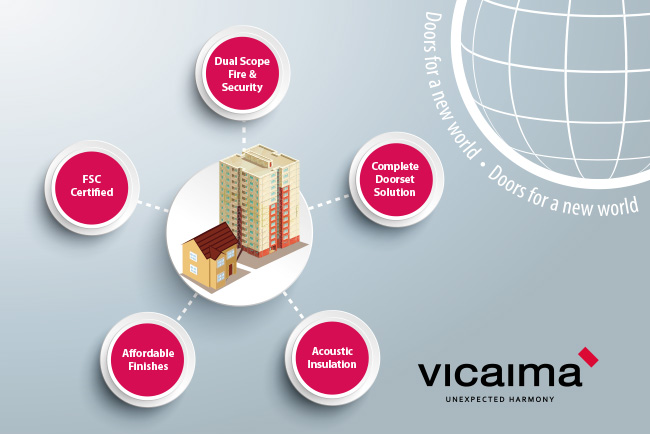Social housing development chooses Videx for door entry

A new social housing complex, developed by Metroman Ltd, has joined forces with Videx UK to install a state-of-the-art door entry system. The London based development is split into 11 apartment blocks and fitted with Videx’s flagship VX2200 door entry system along with Videx MiAccess access control and hands-free video monitors.


















